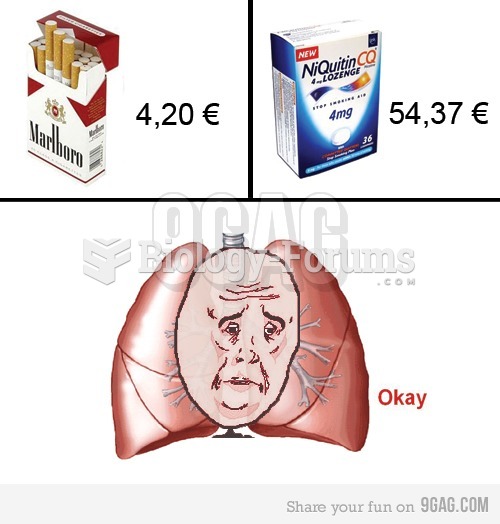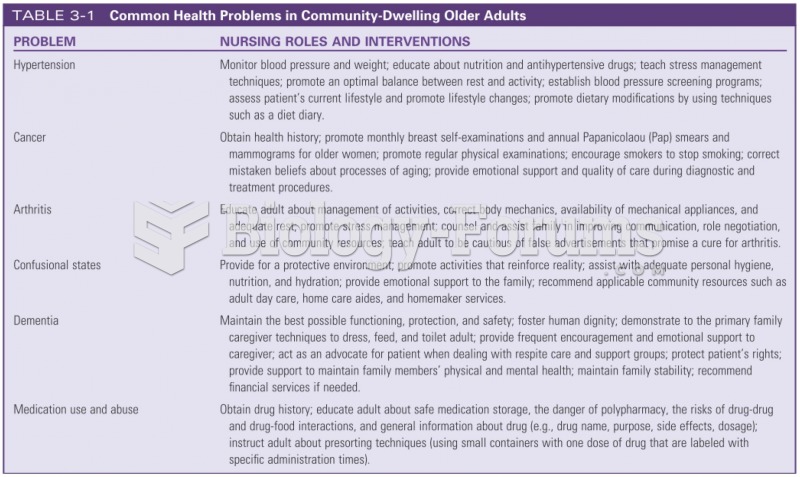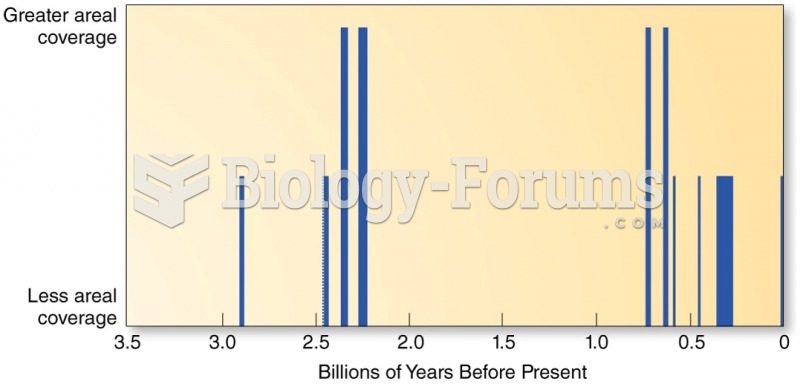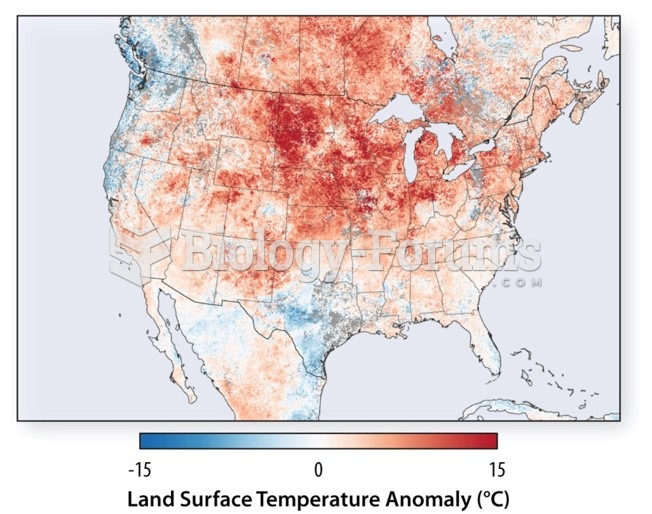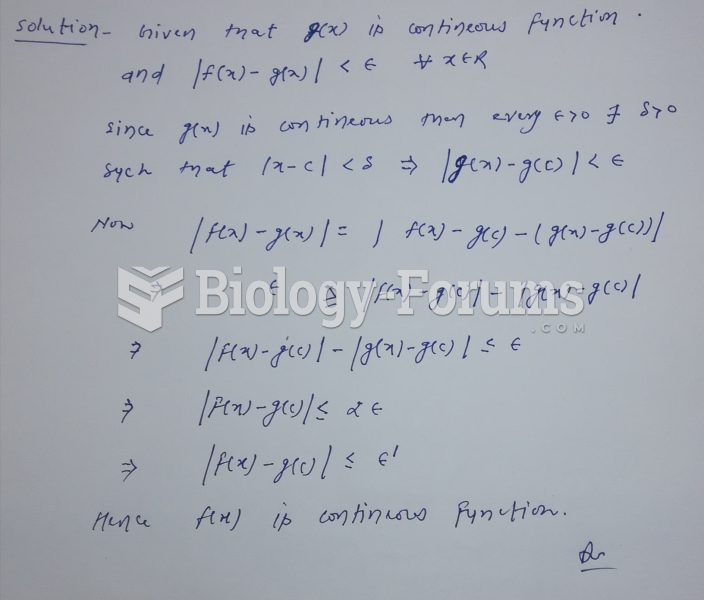Answer to Question 1
The first step in completing a sewage system would be to separate the storm-drain and sewage systems. While it does not rain frequently in Arizona, flash floods are not uncommon when it does rain. Additionally, all industrial sources would have to pretreat their wastes to remove any solvents, metals, and other incompatible material.
A sewage treatment plant with preliminary, primary, secondary, and tertiary treatment would be built. The secondary treatment system would be an activated sludge system to allow for biological nutrient removal. Tertiary treatment is the removal of the dissolved inorganic material. Sludge would be treated using anaerobic digestion, and the remaining biosolids would be sold as soil amendment.
This system would remove nutrients from the sewage and allow for the release of effluent that would not provide nutrients for phytoplankton growth. The separation of the storm-drain system from the sewage system would decrease the risk of a rain event causing the release of raw sewage. The separation of industrial sewage from residential wastes would ensure that the biosolids did not contain hazardous metals and organic solvents. The use of biological nutrient removal would eliminate the inorganic material from the effluent that is typically remaining after the removal of the organic material from sewage.
Answer to Question 2
A nonrenewable groundwater resource is one with a recharge rate of centuries or more. A renewable groundwater resource is replenished by the percolation of precipitation water, so it is vulnerable to variations in precipitation.
The consequences of overdrawing groundwater include falling water tables, less surface water (e.g., wetlands, seeps, and springs dry up when water tables fall, thus decreasing water to streams), land subsidence, and saltwater intrusion.


